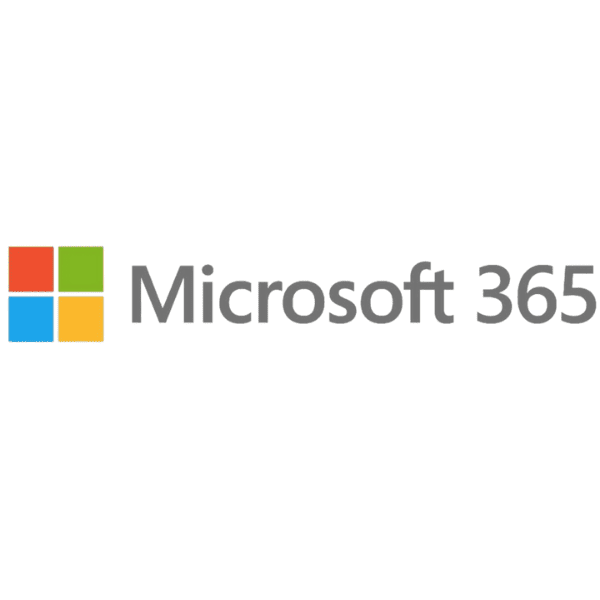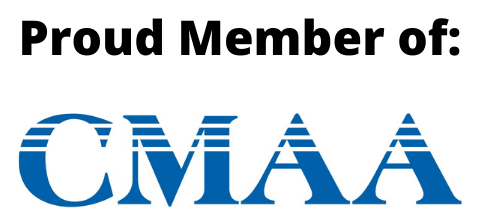Get 'Together Mode' (Today!)
As telecommuting pioneers who gave up our building in 2009, we have had a lot of time and opportunities to experience the highs & lows of teleconferencing.
Whether or not you and your organization return to a physical office, Web meetings are here to stay.
Transform Your Virtual Meetings from Zoom Fatigue to Genuine Connection
Whether or not you and your organization return to a physical office, web meetings are here to stay. The pandemic fundamentally shifted how we work, communicate, and collaborate, making virtual meetings an essential part of our daily professional lives. While some organizations are embracing hybrid models and others are returning to traditional office settings, one thing remains constant: the need for effective digital communication tools that foster genuine human connection.
As telecommuting pioneers who gave up our building in 2009, we VPO folks have had a lot of time and opportunities to experience the highs and lows of teleconferencing. We've witnessed the evolution of video conferencing technology firsthand, from the early days of choppy connections and pixelated video to today's sophisticated platforms. Through years of remote collaboration, we've learned what works, what doesn't, and what truly makes a difference in virtual team dynamics.
That's why we're here to tell you that Microsoft's new Together Mode for Teams really does increase the good feelings, and decrease the fatigue, that can affect online collaboration. This isn't just marketing hype or another tech feature that promises more than it delivers – it's a genuine game-changer that addresses one of the most persistent challenges in remote work: maintaining human connection through a screen.
The Psychology Behind Virtual Meeting Fatigue
Before diving into Together Mode's benefits, it's important to understand why traditional video calls can be so exhausting. Video call fatigue stems from several factors: the cognitive load of processing multiple faces simultaneously, the unnatural experience of seeing yourself constantly, and the challenge of reading social cues through limited camera angles. Our brains work overtime trying to interpret facial expressions, body language, and group dynamics in ways that feel fundamentally different from in-person interactions.
Traditional gallery view in video conferences can feel like being in a Hollywood Squares episode – a grid of disconnected faces that makes it difficult to gauge group energy, identify who's speaking to whom, or maintain natural eye contact. This format often leaves participants feeling isolated despite being "together" on screen.
What's the Science Behind Together Mode?
Together Mode addresses these challenges by leveraging artificial intelligence to create a shared virtual environment where participants appear to sit together in the same space. It helps our brains keep track of people and their nonverbal communications in a natural way, reducing the cognitive burden that comes with traditional video conferencing formats.
According to Microsoft's Jaron Lanier, "People pay attention to each other more and can gain a better sense of a shared stake in the situation and a shared journey." This enhanced attention and shared experience translate into more productive meetings, better collaboration, and reduced meeting fatigue.
The technology works by using AI to segment each person from their background and place them in a shared virtual environment – whether that's an auditorium, coffee shop, or conference room. This creates spatial relationships between participants that mirror real-world interactions, making it easier to follow conversations and understand group dynamics.
Plus it's just fun! The novelty and engagement factor of Together Mode can reinvigorate teams who have grown weary of standard video calls, bringing a sense of playfulness and innovation to routine meetings.
Practical Benefits for Your Team
The advantages of Together Mode extend far beyond novelty. Teams report improved focus during meetings, with participants paying closer attention to speakers and contributing more actively to discussions. The shared environment creates a stronger sense of presence and belonging, which is particularly valuable for remote team members who may feel disconnected from their colleagues.
Meeting organizers appreciate how Together Mode helps facilitate better group discussions, as it's easier to identify who wants to speak and manage turn-taking in conversations. The format also reduces the self-consciousness that many people experience when seeing their own video feed constantly, allowing them to focus more on the meeting content and less on their appearance.
"As millions of employees around the world know, Microsoft Teams is already a leading solution for work communications and collaboration. . . [People] are craving tools to help them better connect, plan, coordinate, and share together online."
Together Mode represents a significant step forward in meeting this need for better connection. It's not just about making meetings more visually appealing – it's about creating virtual spaces where genuine collaboration can flourish.
Learn more about what's available now, and what's coming soon.





